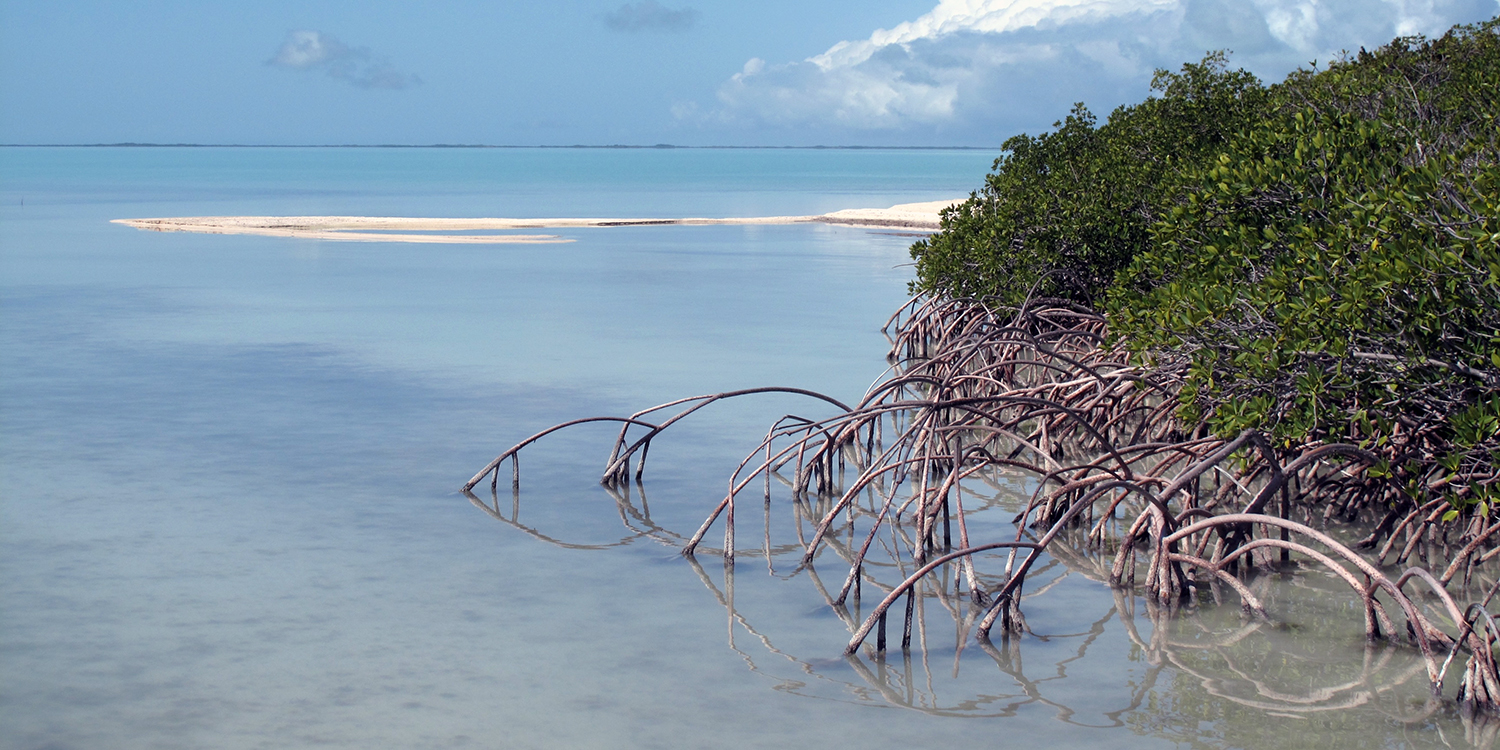South Florida Estuaries Heating Up Faster Than Global Oceans

A new study reveals concerning rates of warming in South Florida's estuaries, posing a significant threat to marine life.
Sea surface temperatures are on the rise globally, but a recent study highlights a particularly worrying trend in the estuaries and shallow coastal waters of South Florida. Research published in *Environmental Research Letters
and *Estuaries and Coasts* by scientists at the University of South Florida College of Marine Science (CMS) and the National Park Service has shown that these vital ecosystems are warming at alarming rates.
Using satellite data, the researchers discovered that sea surface temperatures in four South Florida estuaries â Florida Bay, Tampa Bay, St. Lucie Estuary, and Caloosahatchee River Estuary â have risen significantly faster than global ocean temperatures and even the Gulf of Mexico. Over the past two decades, these estuaries have experienced a warming rate roughly 70% faster than the Gulf of Mexico and a staggering 500% faster than global oceans.
"The temperatures in South Florida estuaries are not only rising faster than the global average, but also faster than temperatures in the open Gulf of Mexico," stated Chuanmin Hu, professor of physical oceanography at CMS and co-author of the studies. "We even saw a more pronounced response within the estuaries to last year's marine heatwave."
These escalating temperatures pose a substantial threat to marine life, particularly in areas like Florida Bay and the Florida Keys, which are home to critical habitats such as seagrass meadows and world-renowned coral reefs.
"Algae, seagrass, and coral are all sensitive to temperature changes," explained Hu. "Algae often proliferate faster in warm water, potentially leading to larger and more frequent blooms. Meanwhile, seagrass and coral experience stress when water temperatures become too high."
The researchers are collaborating with the Florida Fish and Wildlife Conservation Commission and the National Oceanic and Atmospheric Administration to investigate the potential impacts of rising water temperatures on seagrass and coral populations in South Florida.
Jing Shi, a doctoral student in Hu's lab and lead author of the papers, spent over a year identifying the most suitable datasets for the study. She ultimately utilised the MODIS and ECOSTRESS datasets, which allowed her to analyse long-term trends in water temperature since 2002 and detect finer-scale changes within each estuary.
"Using the right data is crucial," stressed Shi. "If you don't use the right data, you could reach the wrong conclusion."
The study explored several potential causes for the rapid warming in South Florida's estuaries, including evaporation, water capacity, and residence time (the amount of time water spends in an estuary). However, a definitive dominant factor has yet to be identified.
Further research by Hu and Shi will delve into another intriguing observation: the accelerated warming observed in South Florida's estuaries has not been detected in many other estuaries across the region.
"Not every estuary around the Gulf of Mexico is behaving this way," stated Hu. "These temperature changes appear unique to the estuaries of South Florida."
The next question, according to Hu, is the duration of this faster warming trend in South Florida.
"We expect the rate of warming to eventually align with the open Gulf of Mexico," he said. "We just don't know when that will happen."
This research was funded by grants from the NASA Water Resources Program and NASA ECOSTRESS Program, as well as a USF presidential fellowship. The findings highlight the urgent need for further investigation into the causes and consequences of this rapid warming trend in South Florida's estuaries, which could have far-reaching implications for the region's delicate marine ecosystems.





